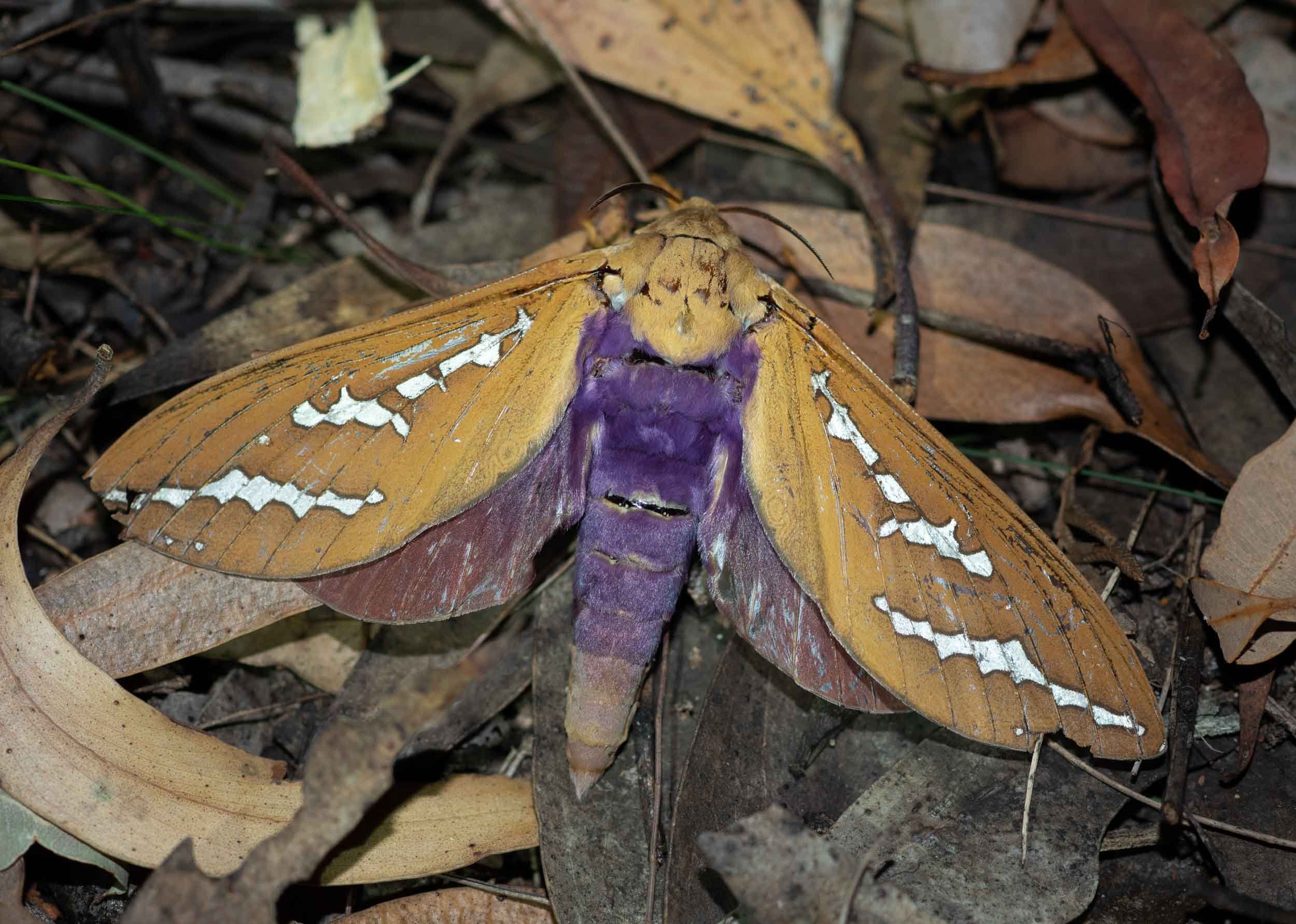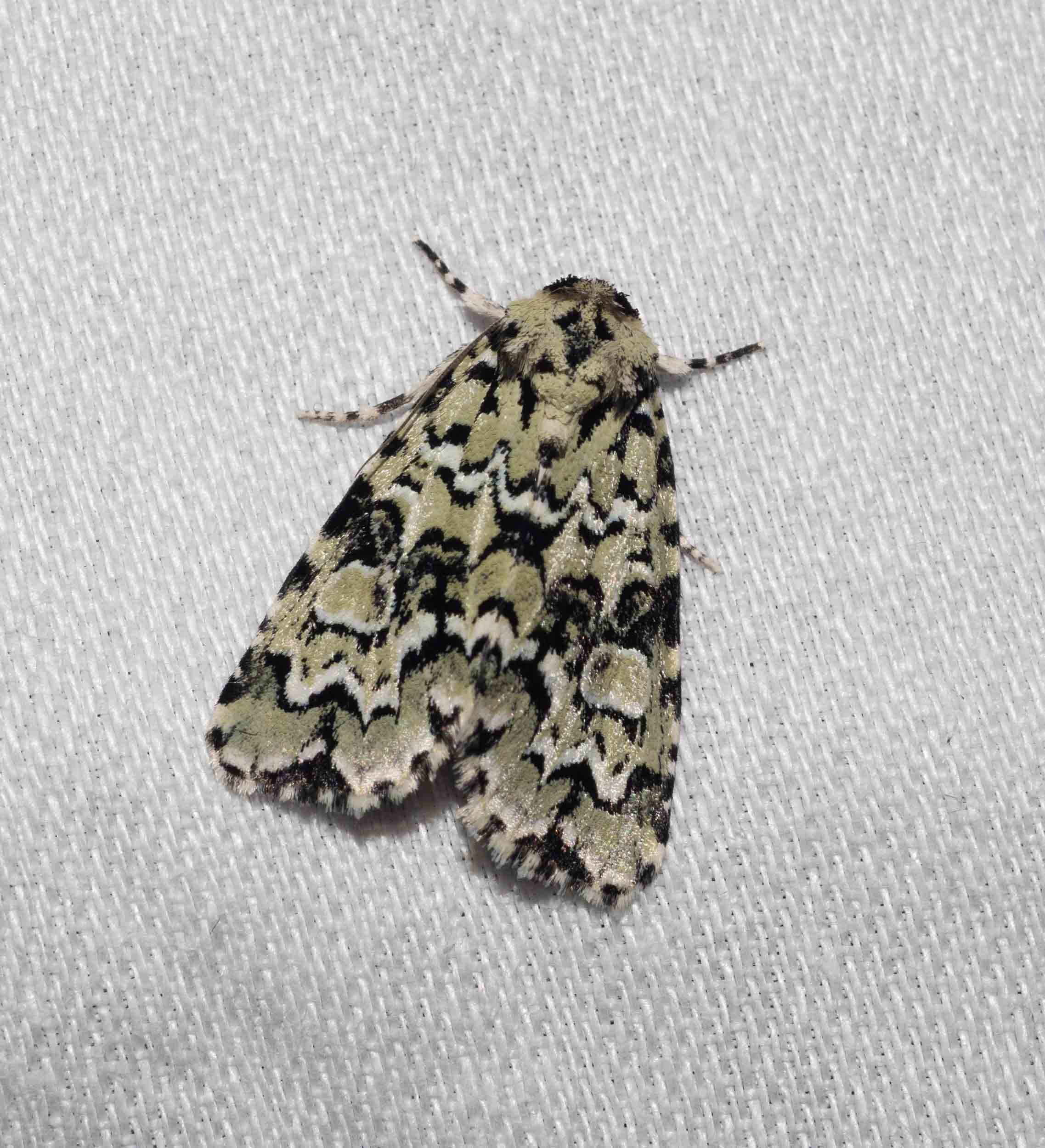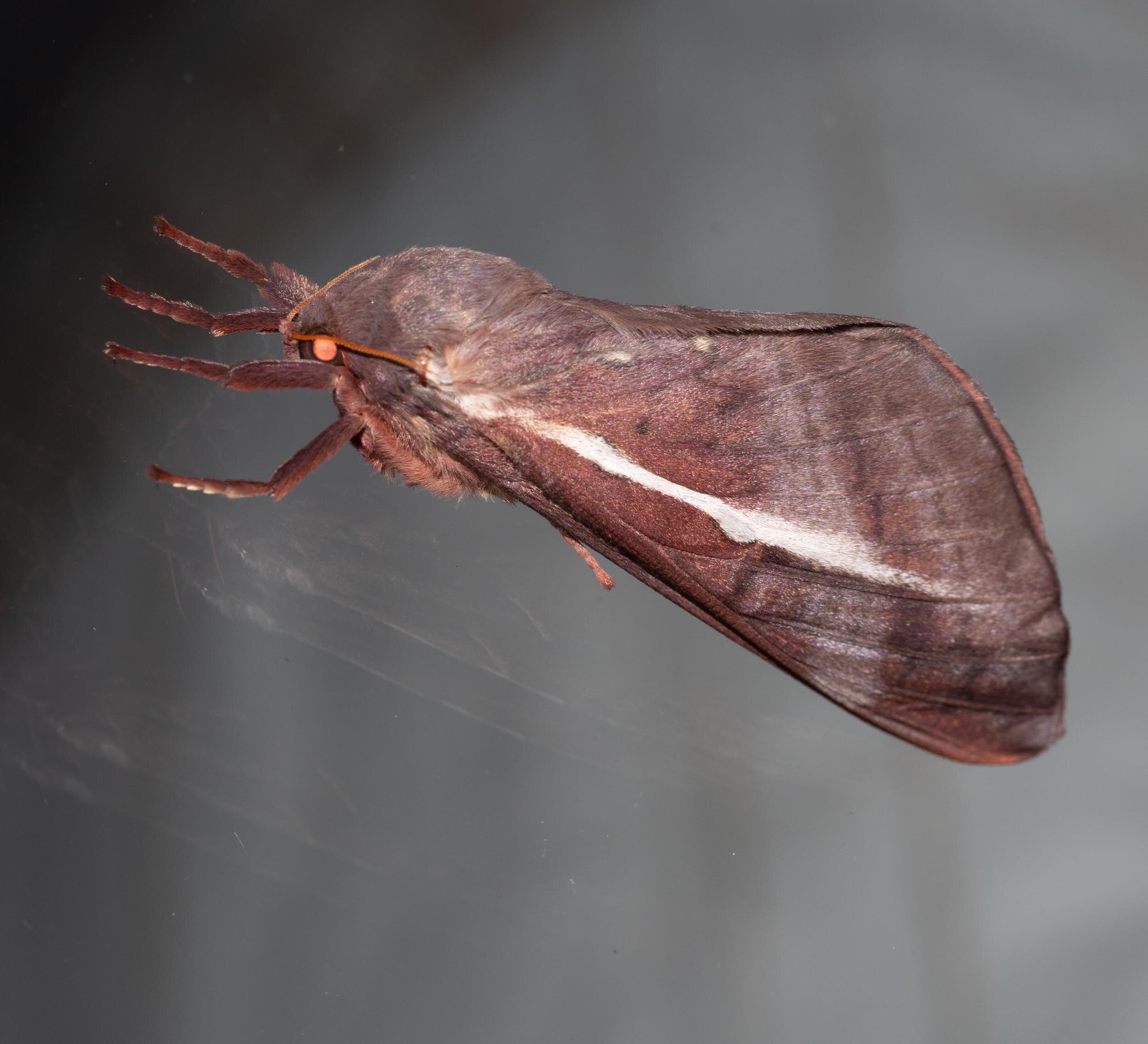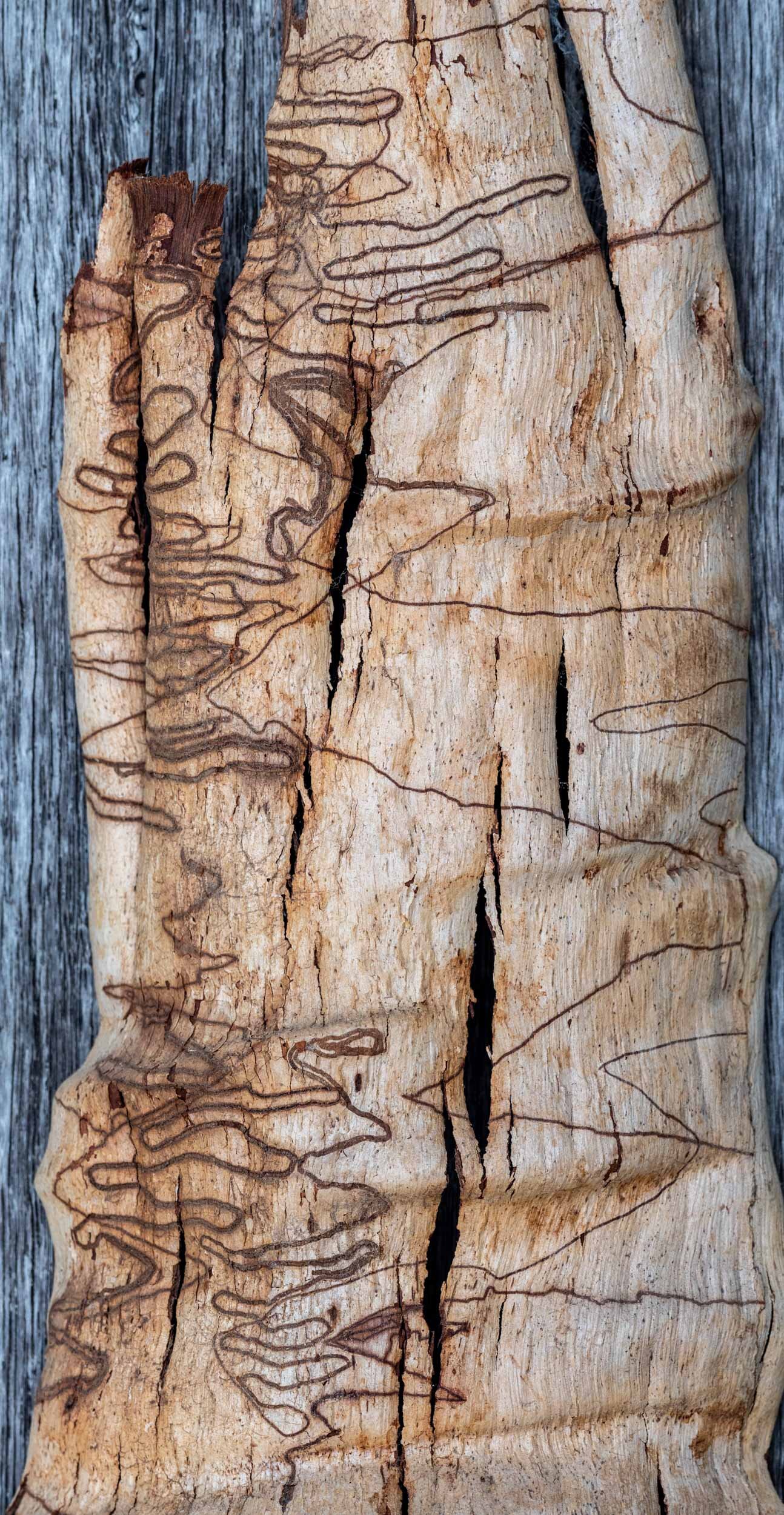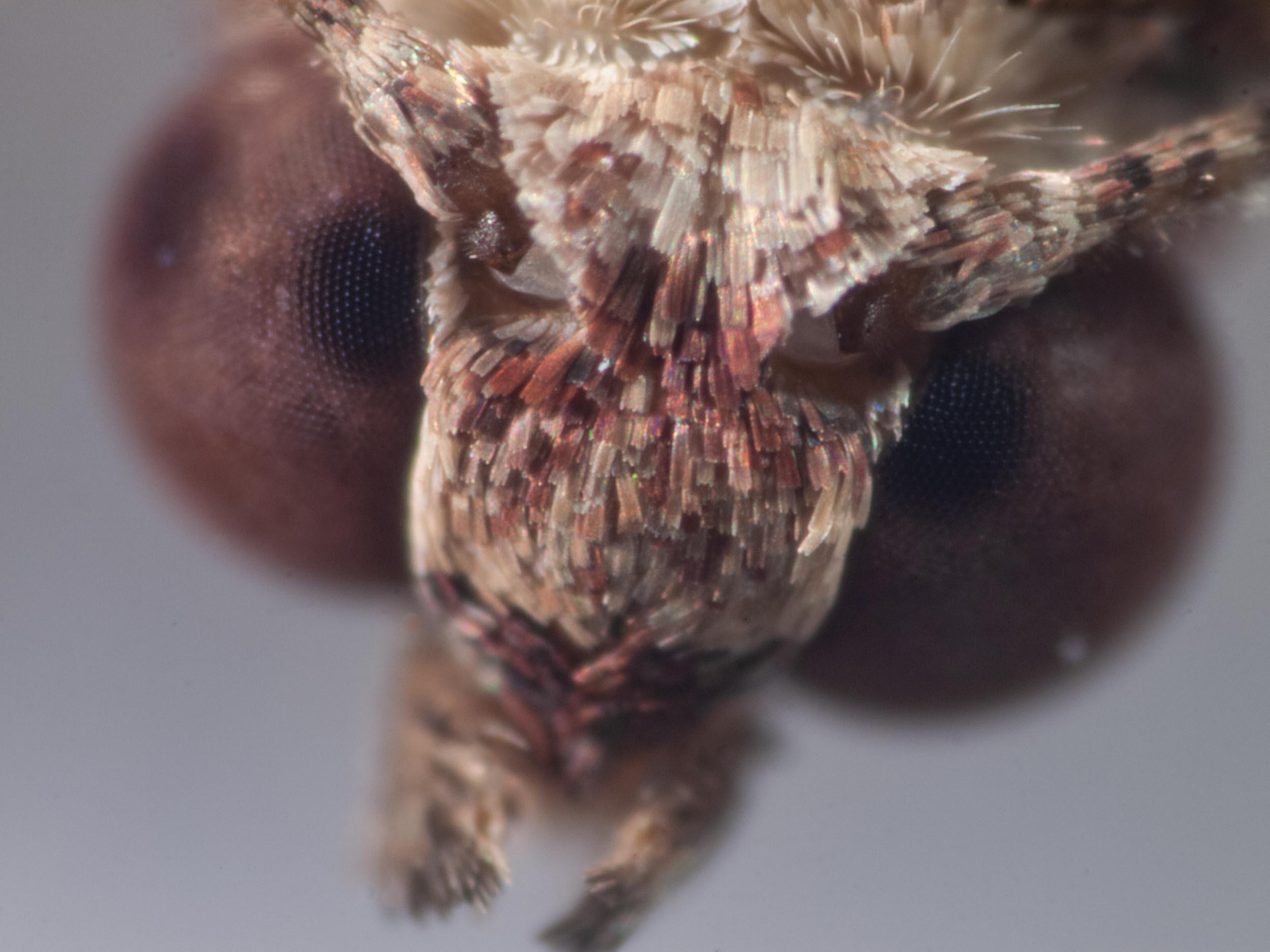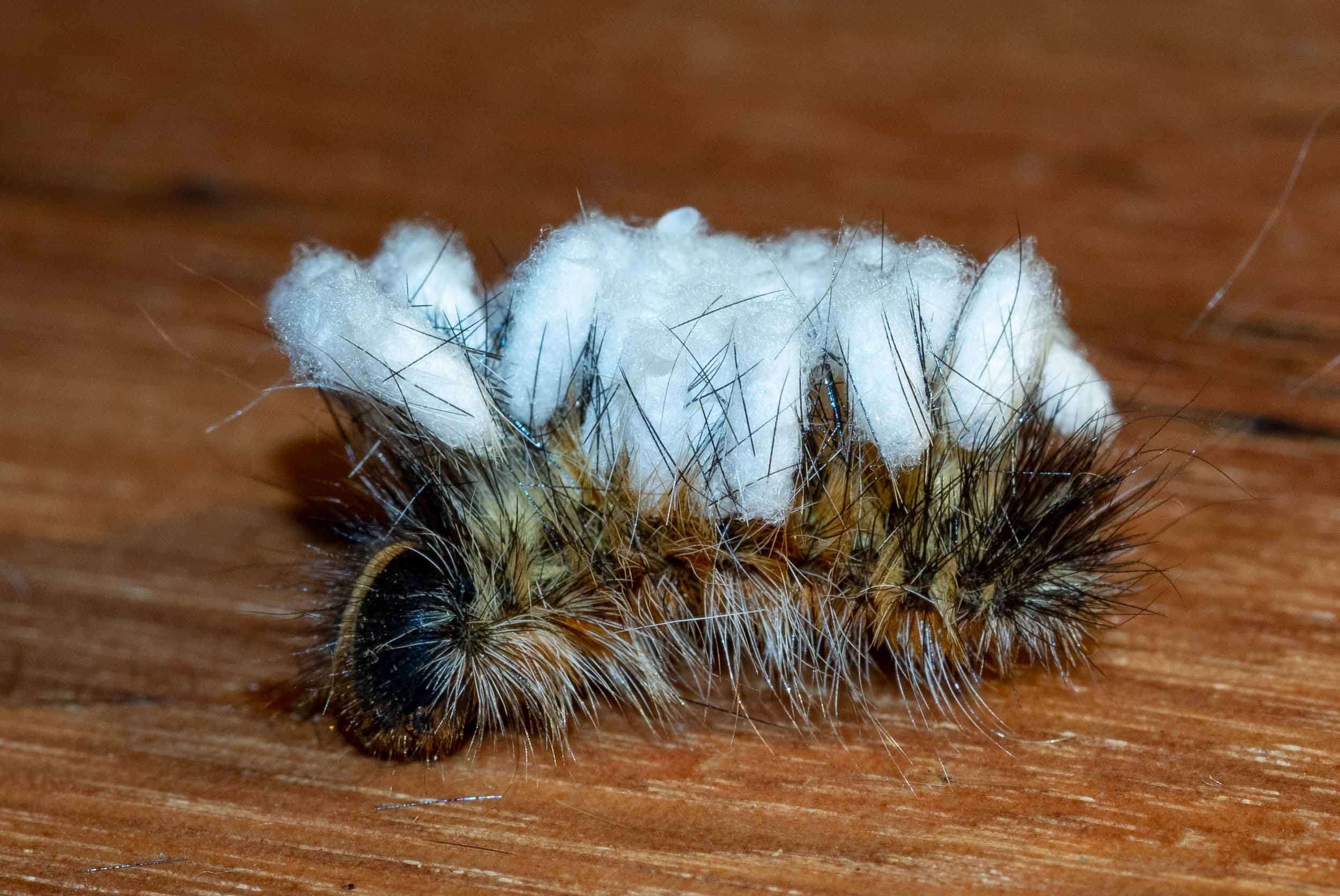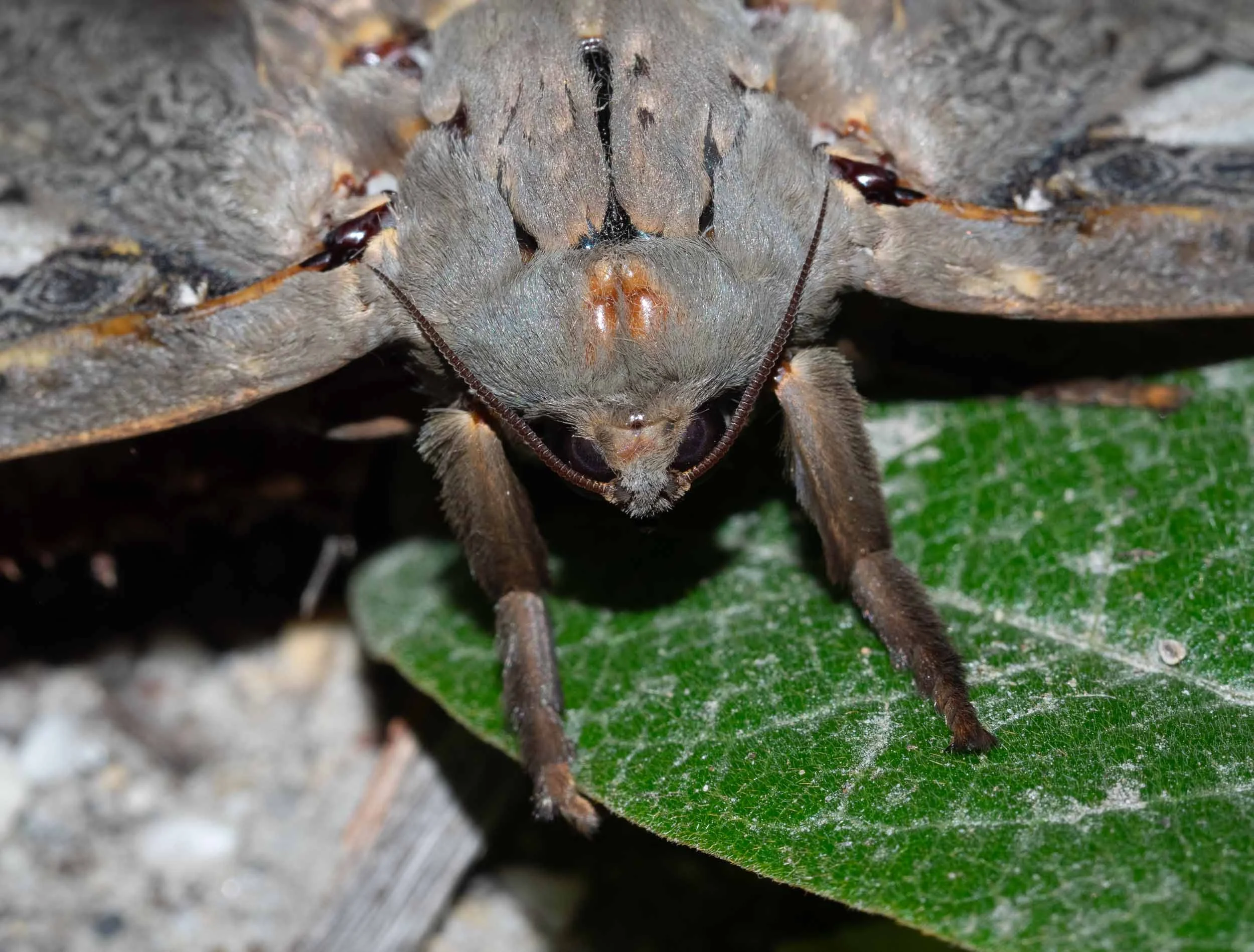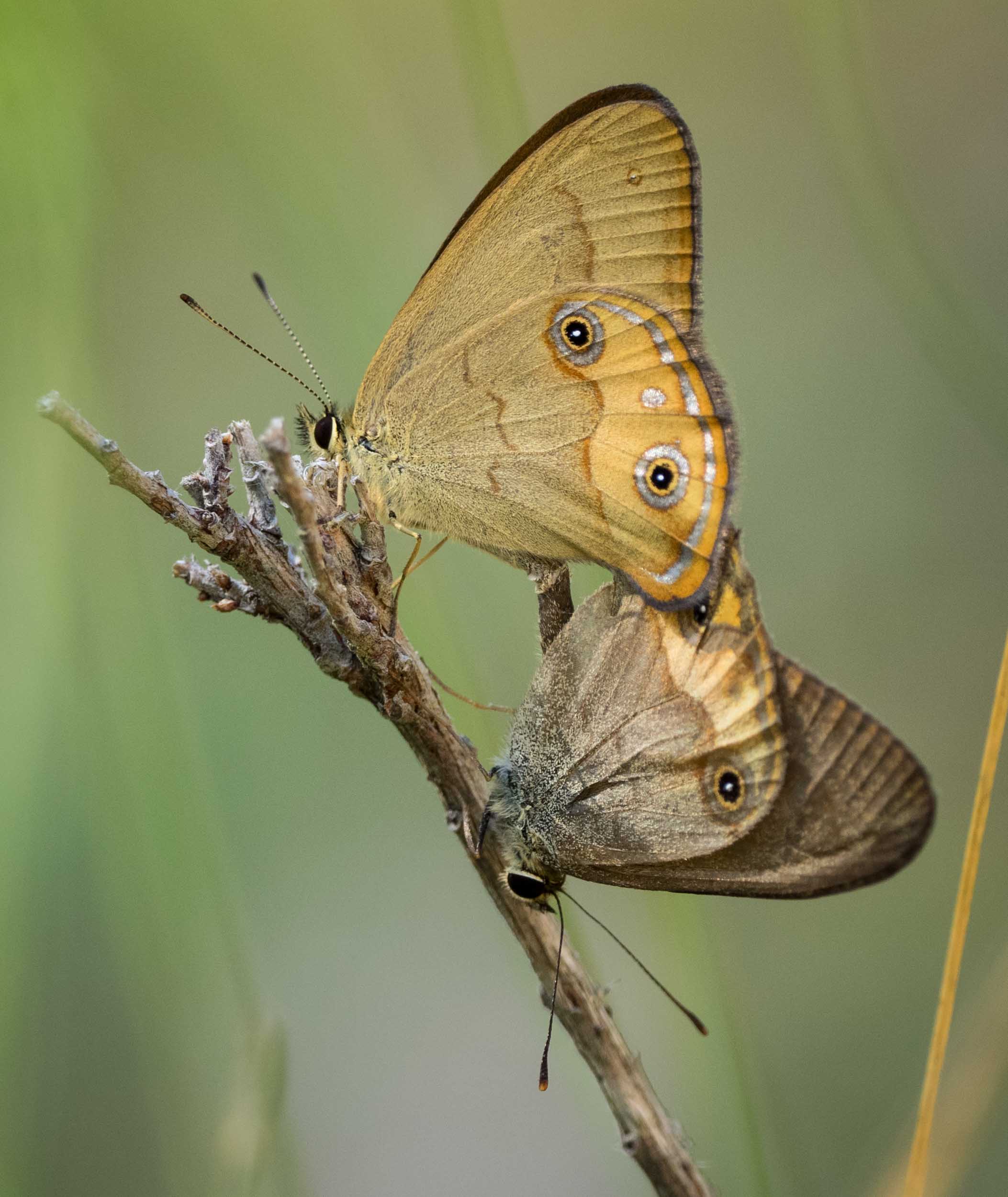A brand new Hawk Moth

Well, not a brand new species. It’s actually a very well-known one. But the individual that has been sharing our living room this summer is decidedly brand new, having just eclosed in all her splendour!
Double-headed Hawk Moth (Coequosa triangularis) - having emerged from its pupal shell just hours before.
Unlike most moth families in Australia, the hawk moth family (Sphingidae) is well known. These large and attractive moths have long attracted the attention of taxonomists. And the family is not well-represented here. There are at least 1200 species worldwide, but only around 60 occur Australia.
Coequosa triangularis is one of the largest of our hawk moths.
And it is an Australian endemic. It was one of the first three truly Australian hawk moths to be scientifically described and named. Edward Donovan takes this honour, from more than 200 years ago.
This wonderful work from 1805 is typical of early ‘Australian’ entomology. Insects were collected during exploratory expeditions from Britain and Europe, and then held in private and public collections overseas.
The natural historians of the day - such as Edward Donovan - never visited Australia, and only rarely saw living ‘subjects’. They worked solely on preserved specimens, and any notes, drawings and observations made by the original collectors.
Title page from Donovan’s 1805 publication, which includes the original description of Coequosa triangularis (although at the time he called it Sphinx triangularis). The complete work is available online, open access.
Donovan’s illustrations are beautiful. His work titled “ An epitome of the natural history of the insects of New Holland, New Zealand … (etc)” includes 41 colour plates - and every drawing is his own work, including the engraving, etching and colouring involved in such production.
I stand in awe.
Plate 33 from Donovan (1805)
The original species description itself was surprisingly brief.
The first published description of Coequosa triangularis (Donovan, 1805)
I’m tempted to include a little more of Donovan’s writing. The language of science from that era is colourful and poetic. I particularly enjoyed reading his ‘advertisement’ … in effect, the foreword … for both its extraordinary language, and for the insight it gives into how natural historians viewed Australia from afar.
Donovan, 1805 -first paragraph of the 2-page ‘Advertisement’ … introduction or foreword, in modern language.
Donovan, 1805 - third paragraph of the Advertisement
OK, back to the tale of our beautiful moth …
We first discovered her as a caterpillar, clinging to the hanging branches of Persoonia linearis - or Geebung.
18th Nov, 2018: the discovery day
She had probably been feeding on the tree for many months … she had reached truly impressive proportions!
Even as a caterpillar, the species is quite identifiable. We’d never seen one before, but it didn't take much research to discover that this was indeed the ‘Double-headed Hawk Moth’, Coequosa triangularis.
We decided to collect her anyway, and raise her through to the adult stage. Such ‘rearing studies’ provide valuable information when the caterpillars are unknown. In this case, we simply (and perhaps selfishly) wanted to see the moth. I tell myself that perhaps we also kept her safe from hungry birds for just a little bit longer …
The common name gives a hint as to which end is up. The large black spots are not eyes, and that is not the head end. Had me fooled for a bit, and would no doubt fool a predator or two.
After just a week of voracious, non-stop feeding, our little pet suddenly slowed down. She stopped feeding, barely moved, and became slightly darker in colour.
25th Nov: a brief resting phase which lasted about a day
This resting phase was short-lived. She then spent a couple of very active days crawling around and around her enclosure … apparently searching for somewhere to pupate.
I scattered the floor with soil, leaves and twigs, but she just kept travelling.
Eventually she chose a spot beneath some dead leaves on the ground … and proceeded to construct a roof. She never left her small den again. Well, not as a caterpillar anyway.
For several days there seemed little change. She would reposition herself under the roof, but didn’t emerge to feed. Within 10 days she had moulted and developed a chrysalis.
8th Dec: the shiny brown chrysalis tucked away under the silken roof
As a pupa, she remained surprisingly responsive. Whether sensing vibration or changes in light, I’m not sure, but when disturbed she would suddenly ‘flick’. That is, she’d contract the side of her abdomen, and reverse the curve of the pupal case. Quite startling. And perhaps another self defence strategy. I doubt it was very effective for locomotion.
30 Dec: Alongside the chrysalis lay her discarded, final caterpillar skin - shed several weeks earlier.
Sometime in the early hours of January 9, she emerged. We photographed her, and then waited until dusk before taking her outside. The moment I carried her out into the night air, she started to vibrate her wings. I left her clinging to her perch - and when we checked a few hours later, she was gone.
Sex
I confess to being unsure of ‘her’ sex. In many other moth species, colours or antennae differ between the sexes. Not so for hawk moths. The photos show the abdomen end quite clearly - but I remain confused. So until I learn otherwise, I’m calling her her. ‘It’ just doesn't seem right.
Food
This species is known to feed on a range of plants, all in the Proteaceae family. That includes Persoonia (as here), and also Banksia, Hakea – and Macadamia. In fact, growers of Macadamia nuts consider the caterpillars a minor pest.
Interesting reading
Donovan, E. 1805. An epitome of the natural history of the insects of New Holland, New Zealand, New Guinea, Otaheite, and other islands in the Indian, Southern, and Pacific Oceans . London : Printed for the Author, and F.C. and J. Rivington, 1805. open access
Rodolphe Rougerie, Ian J. Kitching, Jean Haxaire, Scott E. Miller, Axel Hausmann, Paul D. N. Hebert, (July 2014) Australian Sphingidae – DNA Barcodes Challenge Current Species Boundaries and Distributions, PLOS One, Volume 9 | Issue 7 | e101108 open access















